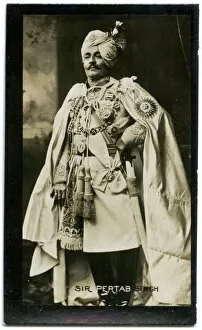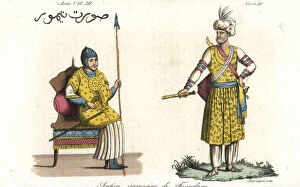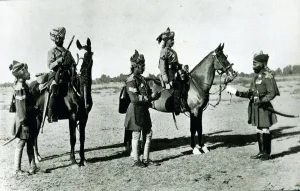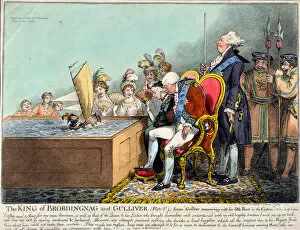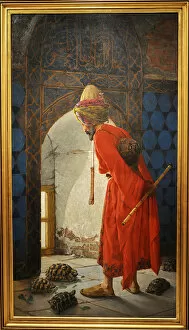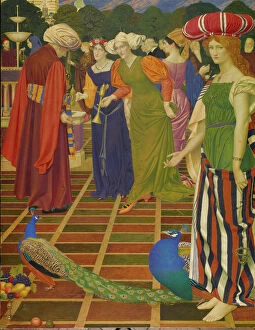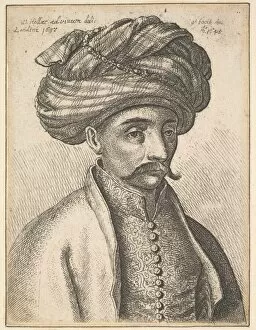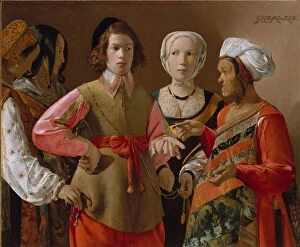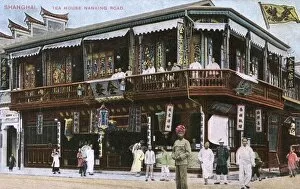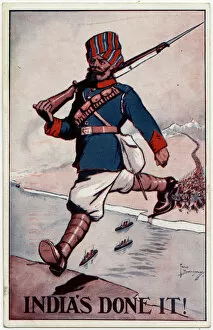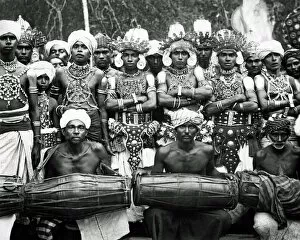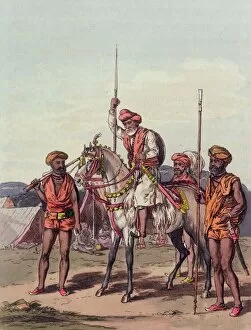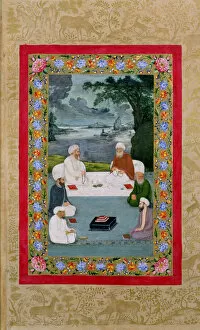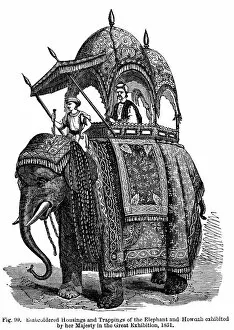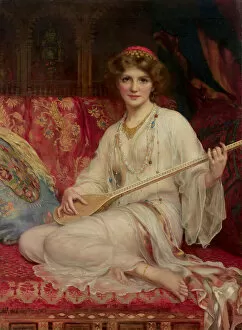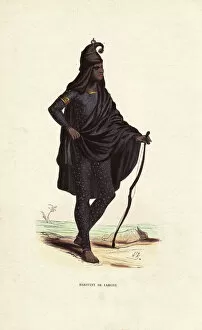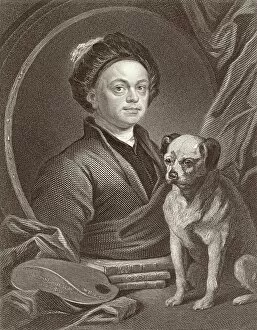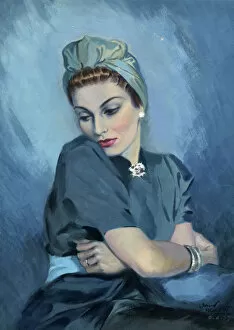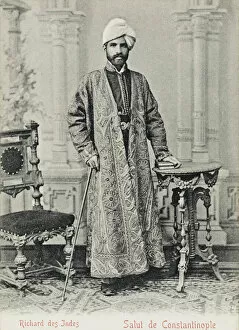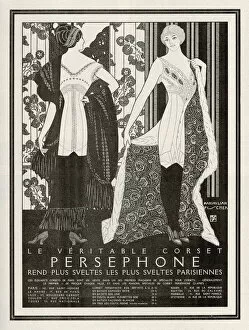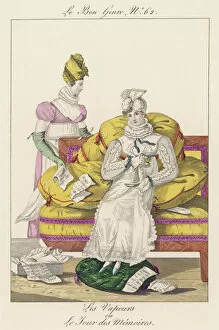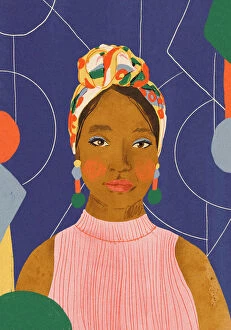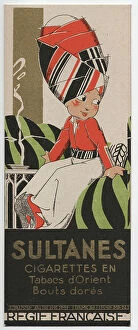Turban Collection (page 3)
"The Turban: A Timeless Symbol of Culture, Power
All Professionally Made to Order for Quick Shipping
"The Turban: A Timeless Symbol of Culture, Power, and Identity" From the enigmatic gaze of Vermeer's "Girl with a Pearl Earring" to the elegant lady standing outside a Gucci shop, the turban has adorned heads throughout history, transcending time and cultures. In 1665-6, Vermeer immortalized the allure of a young woman wearing a turban in his iconic painting. The turban became synonymous with mystery and femininity. During King George V's Silver Jubilee celebrations in 1935, an ILN cover showcased the grandeur of this headpiece as it graced royal heads across nations. It symbolized regality and honor. The canvas by Georges de La Tour displayed a fortune teller donning a turban in 1630. This portrayal highlighted its association with mysticism and divination. Even on battlefields like World War I, Sikh soldiers proudly wore turbans as part of their religious identity while fearlessly fighting for their countries' freedom. Centuries before them, Nasreddin - Seljuq satirist - used humor to challenge societal norms while sporting his distinctive turban. Duleep Singh's lithograph depicted him wearing a majestic turban that represented his heritage as the last Maharaja of Punjab amidst British colonial rule. Jean-Paul Marat met his tragic end at the hands of Charlotte Corday; however, even in death, he was portrayed wearing his signature red cap-turban combo—a symbol of revolutionary fervor during France’s tumultuous times. In World War II posters promoting unity within The British Commonwealth Nations Together campaign featured diverse individuals united under one cause—turbans representing solidarity amid adversity. Barburdar or punkah wallahs were indispensable figures in Indian households who kept inhabitants cool using hand fans—an essential accessory often accompanied by turbans that added elegance to their role.

